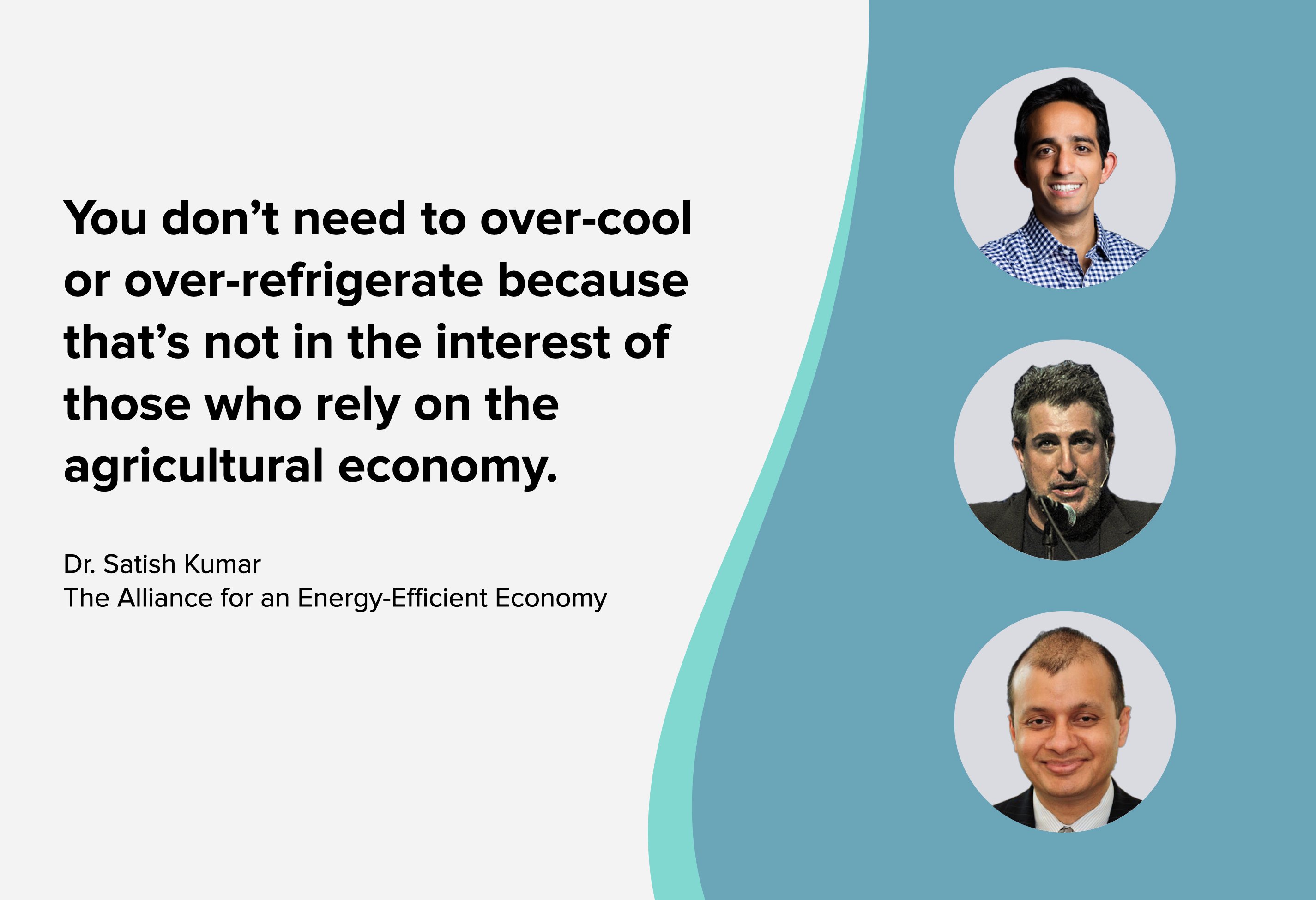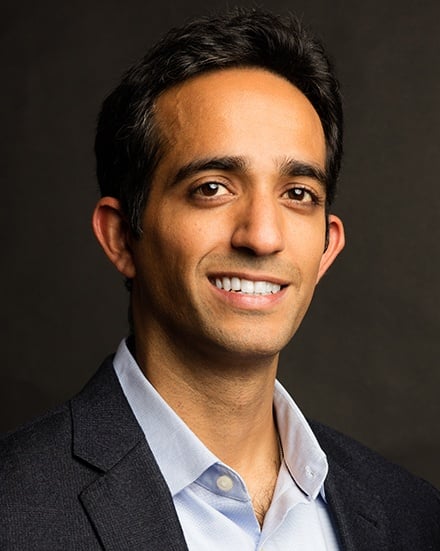Cooler Talk: Dr. Satish Kumar of the AEEE

The Alliance for an Energy-Efficient Economy (AEEE) is an NGO specializing in creating sustainable ways for humans to interact with the built environment. Given India’s rapid industrialization, cooling has increasingly become an area of emphasis for the organization. Dr. Kumar sees the solution in a concept he refers to as thermal comfort. This theory strives to find an equilibrium in providing the cooling people need to live healthy, enjoyable lives while conserving greenhouse gas-producing resources.
Manik Suri: Can you tell us a bit about the relationship between cooling and standard of living?
Dr. Satish Kumar: It depends on how we frame the problem of cooling, and how does that impact or influence quality of life? I don't know how many people would remember, but during Jimmy Carter’s era, when he said that, “hey, we want to do energy conservation, so we need to think about putting on our pullovers and sweaters to reduce our heating in the winter.” I don't think the US was prepared, perhaps related to the culture of the US. When I moved back to India, I saw a completely different situation. India is primarily in a tropical climate. The amount of time that you have to deploy cooling is pretty large. In India, you will run your air conditioners for about 2000-2500 hours out of about 8760 hours that we have in a year. If you live in the US, you will probably be running air conditioning for about 300 to 500 hours in a city like New York. The second factor is that India has a large population, close to 1.35 billion people. India only has about 4-8% of room air conditioner penetration, which means that more than 90% of the Indian households do not have access to air conditioning. That number was highly significant to us. When we projected 20 years out, we arrived that if the number of air conditioners grows 10x (to about 450 million air conditioners), 50% of India's population will still not have access. At the AEEE, we thought that we could follow a slightly different developmental model in India. We decided to change our mission from cooling for all to thermal comfort for all. Some people may think it's a semantic difference, but we believe it's fundamental to solve the problem. We said that our building design and construction practices need to start catering to our latitude. Architects, designers, and consultants love that because they now have more degrees of freedom to design buildings.
Aaron Cohen: At the AEEE, it sounds like you spend a considerable amount of your energy on air conditioning relative to refrigeration. Is that fair that ultimately the climate risk that India may create over time is more of an air conditioning risk than a refrigeration risk?
DSK: You are right on the money. Moving from our initial focus from space cooling to thermal comfort, the path we took has made our approach to cold chain and refrigeration fascinating. I don't have any formal training in agriculture, food distribution, supply chain, or process cooling. We started to realize you have to factor in cooling and refrigeration technology to realize the direct greenhouse gas impact.When I'm saying direct, I'm using both the refrigerant impact and the electricity consumption impact of these technologies. The impact is lower from a refrigeration perspective than space cooling, which is why we wanted to focus our initial energy there. But when we started to look at how refrigeration technologies will play a role in terms of the cold chain infrastructure, we started to think about post-harvest items like fruits and vegetables. We also began to diversify into the public health and the vaccine cold chain, which is somewhat different. We realized the importance of refrigerant technology and how critical it is both from the direct cooling perspective and the refrigeration perspective and the avoidance of food loss, which is a very, very large source of greenhouse gases.
AC: What does the AEEE see as the refrigeration equivalent of thermal comfort?
DSK: The Indian Ministry of Farmers, Ministry of Agriculture, and Farmers Welfare have a think tank. It's called the National Cold Chain Development Council. They looked at how India stores the 300 million metric tons of fruits and vegetables produced each year, and they did a holistic study of what cold chain infrastructure is needed to address that. They said that we have a plethora of refrigerated warehouses, but that cold storage space is typically used for storing potatoes or chilies and some fruits and vegetables. In India, barely 3-4% of this infrastructure exists. On the other hand, India is also a country that thrives on what is referred to as farmer’s markets in the US. Farmer’s markets are how 90-95% of Indians buy fruits and vegetables; they don’t go to supermarkets. Therefore, I don’t think it’s essential that everything produced in India goes through a cold chain developed for a supermarket kind of economy. At the AEEE, we are saying look at the unintended consequences that refrigerated infrastructure development can create. Maybe we only need to let 50% of our horticulture product go through the cold chain, as what can be picked at the farm can be sold and consumed in the next 24 to 48 hours. Today, only about 30% of Indian households have access to refrigerators. So that tells you that about 60-70% of the families are purchasing their vegetables daily. Do you want to create an infrastructure that will disrupt all these things? India is probably not ready for that, and it will lead to job losses. So we need to understand how farmers grow fruits, travel to agricultural markets, how food is sold, and how it is consumed. You don't have to over-cool or over-refrigerate because that's something that I don't think will be in the best interest of many people who rely on the agricultural economy.








